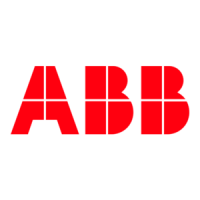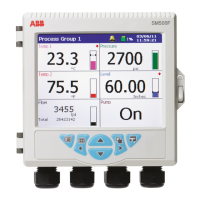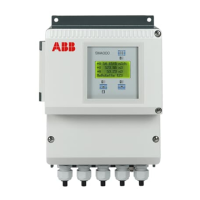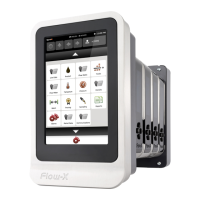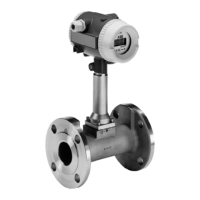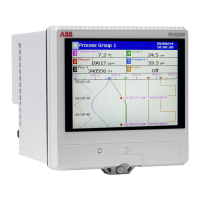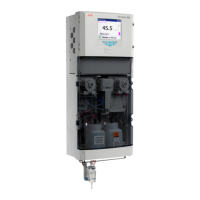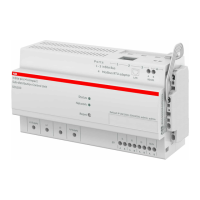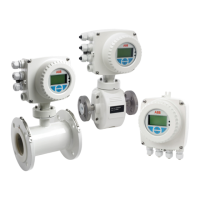Do you have a question about the ABB SwirlMaster FSS430 and is the answer not in the manual?
| Brand | ABB |
|---|---|
| Model | SwirlMaster FSS430 |
| Category | Measuring Instruments |
| Language | English |
Covers general instructions, warnings (DANGER, WARNING, CAUTION, NOTICE), intended use, and improper use of the device.
Details owner responsibilities, personnel training, directives, and assembly for devices in potentially explosive atmospheres.
Details electrical connections and Ex-marking for Zone 2, 22 (non-sparking) protection.
Details Ex-marking, digital output configuration, and general requirements for intrinsically safe protection.
Details Ex-marking, digital output configuration, and important circuit requirements for flameproof enclosure protection.
Outlines general installation requirements and recommended inlet/outlet pipe sections for optimal flow measurement.
Provides general installation points and specific steps for wafer and flange type sensors.
Outlines critical safety instructions and essential checks required before initiating the commissioning process.
Details configuration of analog/HART inputs and the function of DIP switches on the HART communication board.
Covers Modbus DIP switch functions, power supply switch-on, post-power checks, and basic device settings.
Guides through using the 'Easy Setup' menu for common parameter configuration, including language and operating mode selection.
Details configuration for alarm signaling, low flow cut-off, and procedures for automatic/manual zero point adjustment.
Describes parameters and settings for Liquid Volume (NL1, NL2) and Liquid Mass (NL3) operating modes.
Details Liquid Mass (NL3), Liquid Energy (NL4), and Gas Act. Volume (NG1) operating modes.
Explains the configuration for Gas Standard/Norm Volume (NG2) and Gas Mass (NG3) operating modes.
Describes energy measurement for steam/hot water using the IAPWS-IF97 standard.
Emphasizes safety during operation and provides an overview of menu navigation and button functions.
Provides guidance on understanding and interpreting error messages displayed on the LCD screen.
Highlights safety instructions for maintenance work, including risks from live parts and process conditions.
